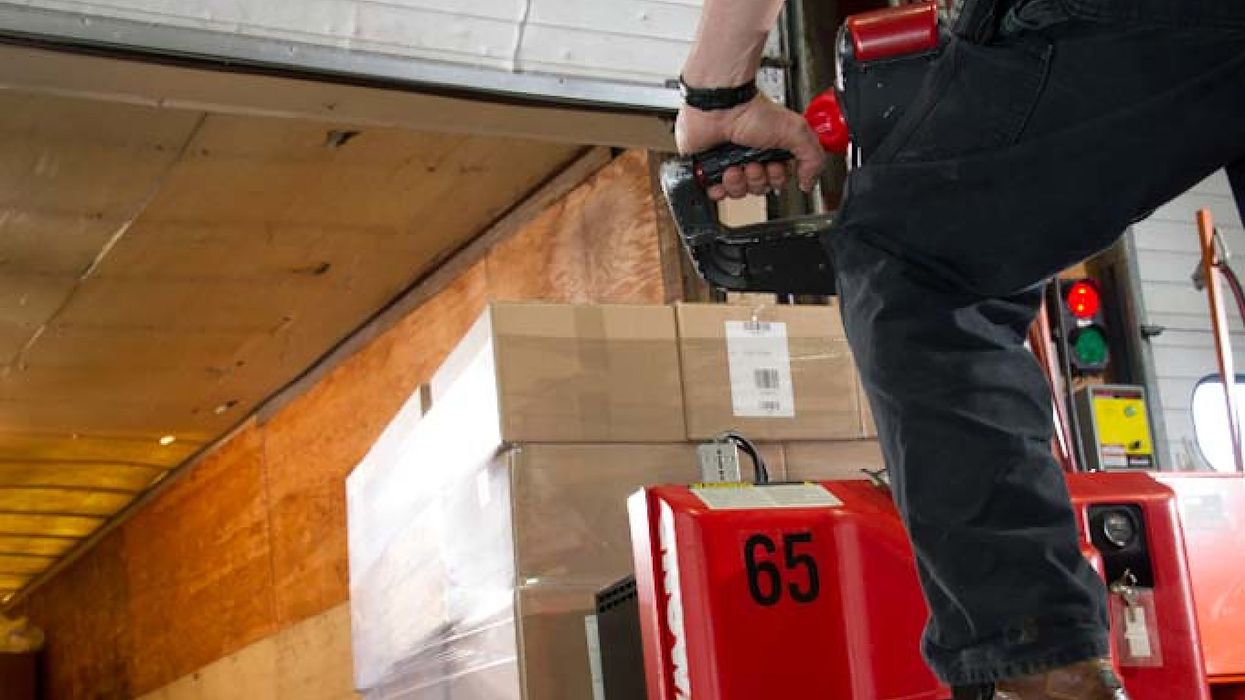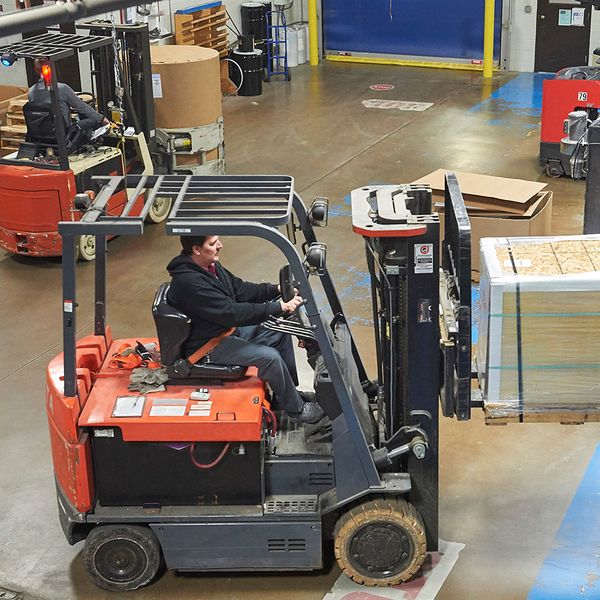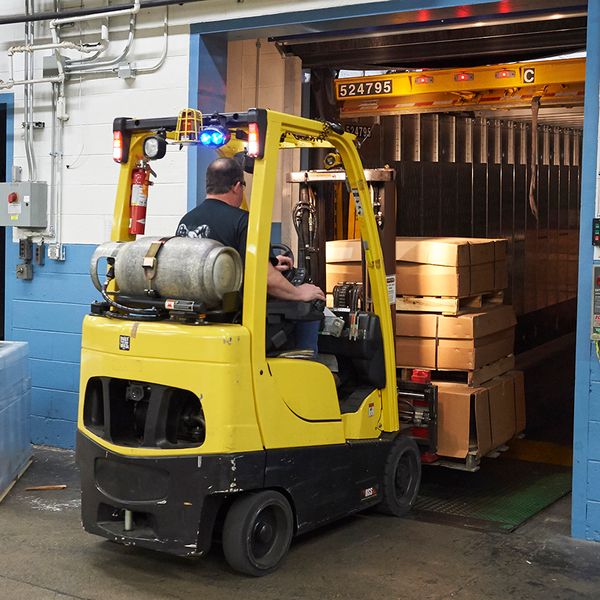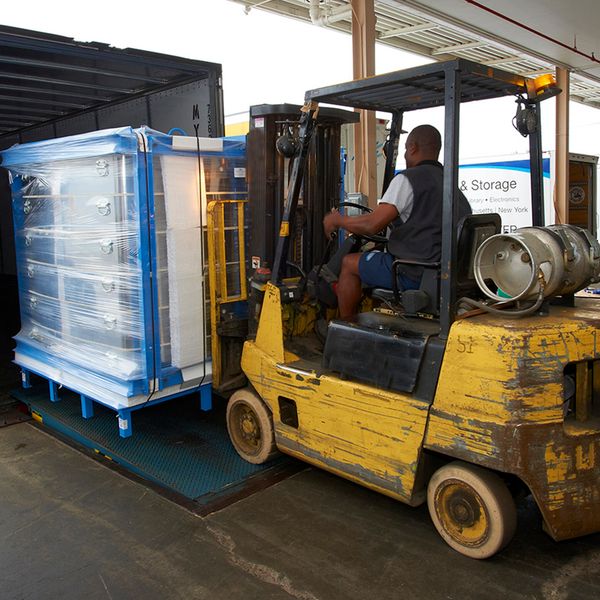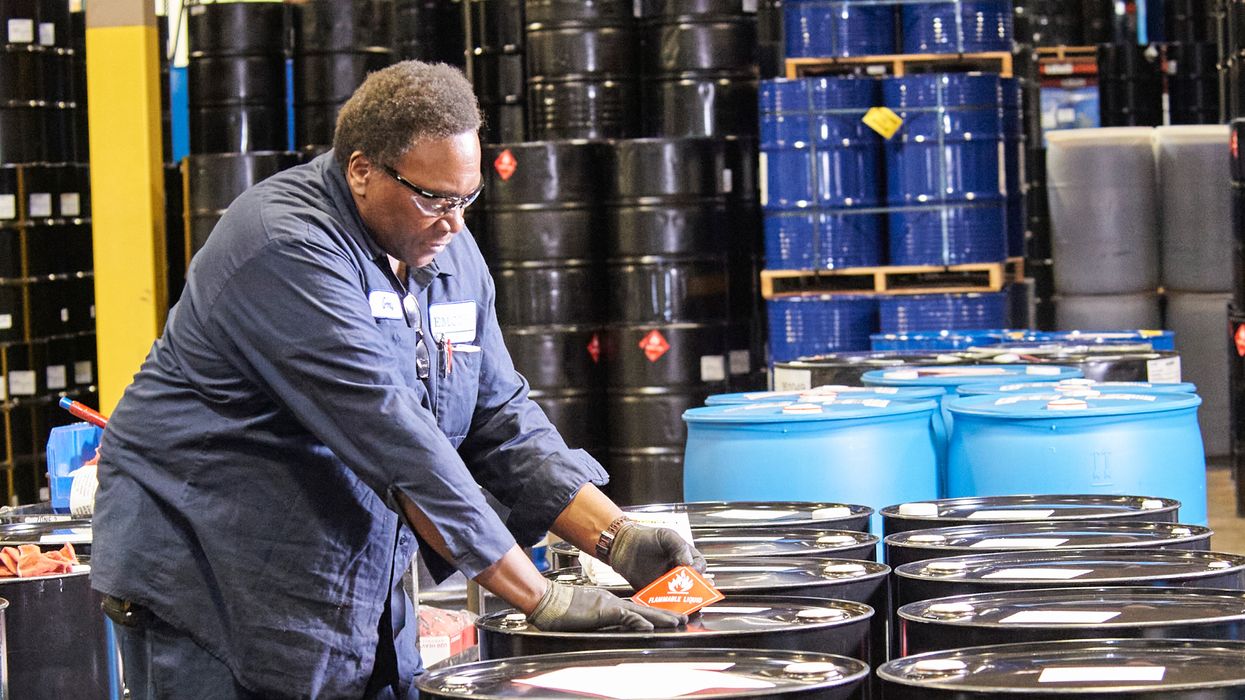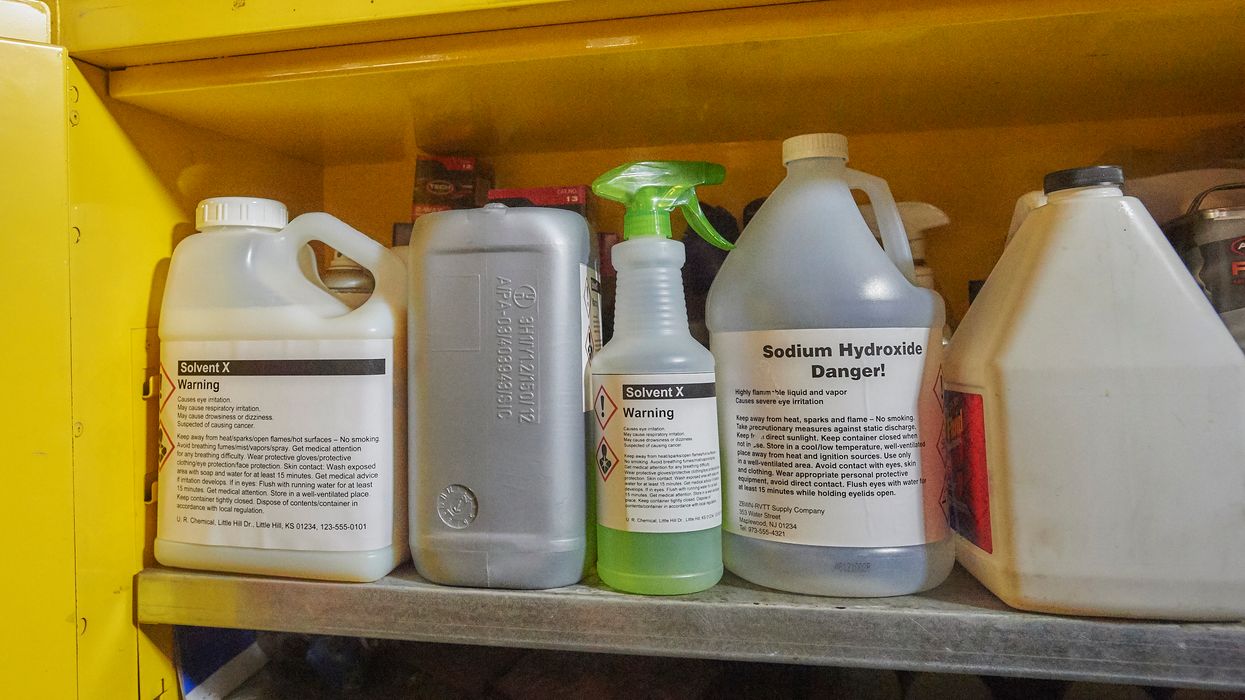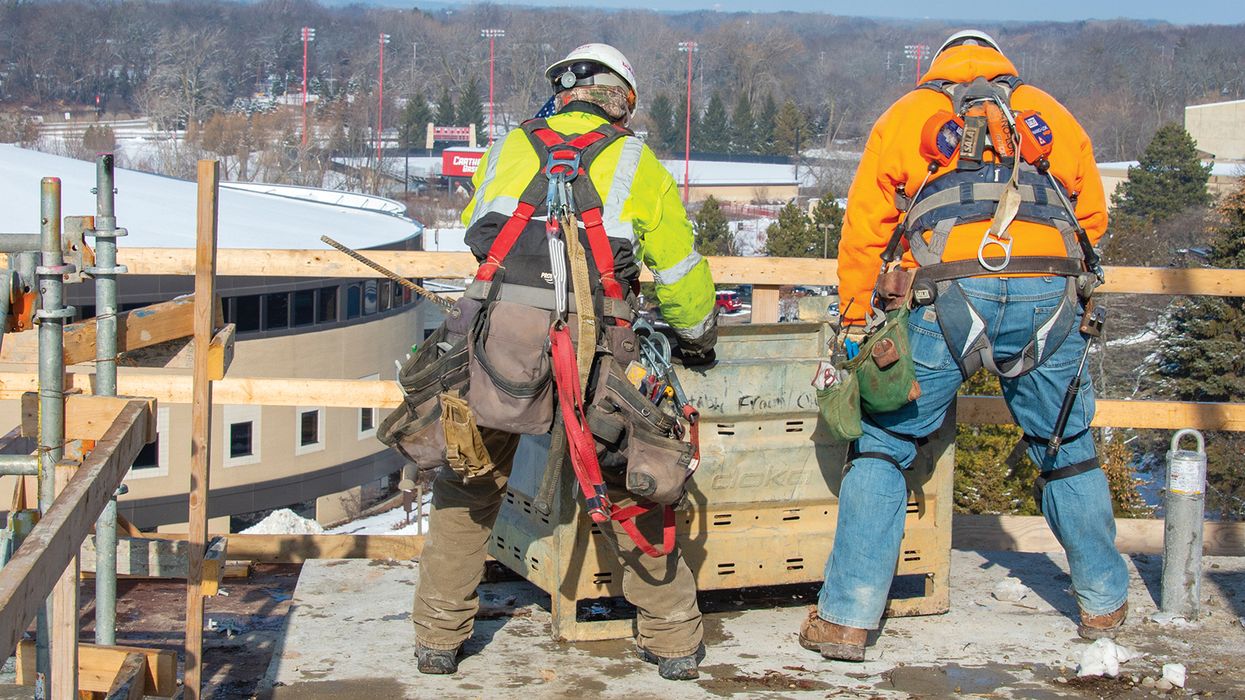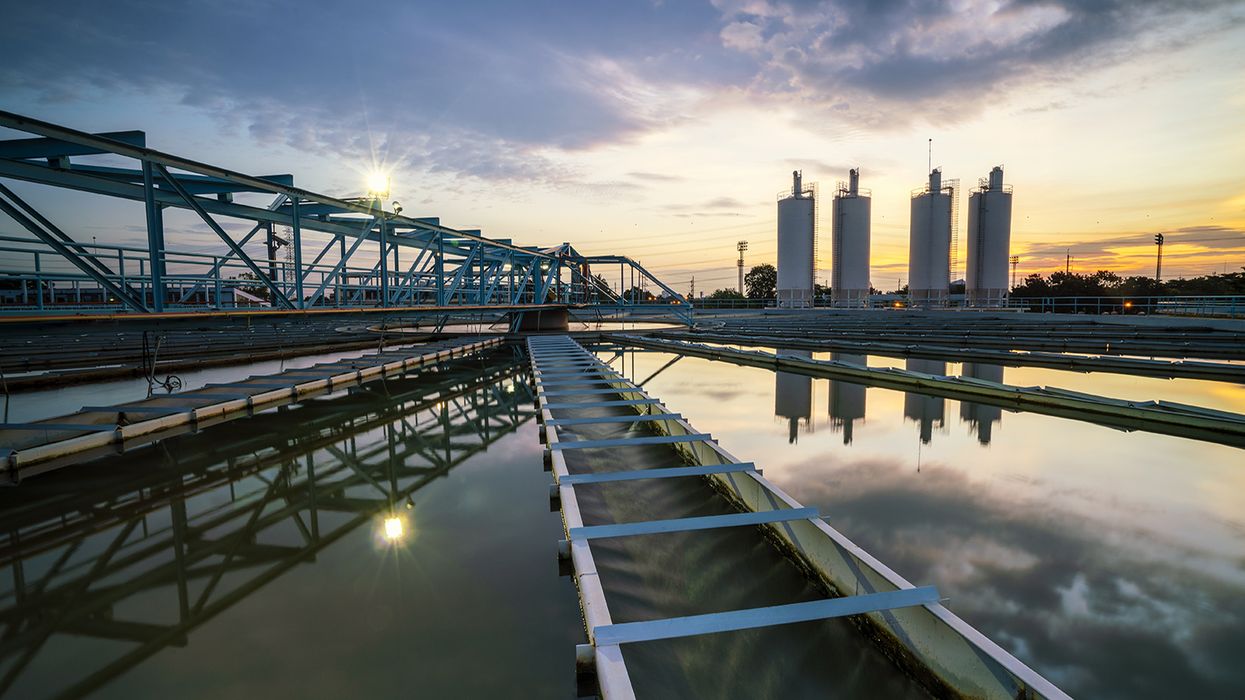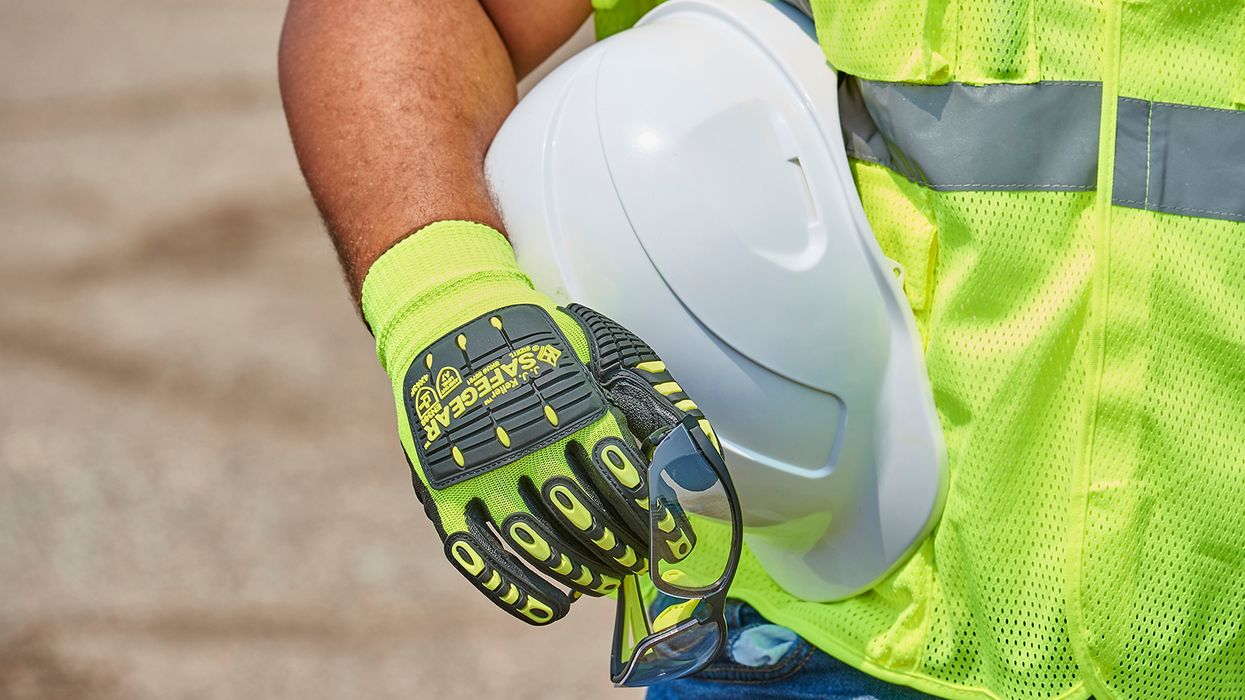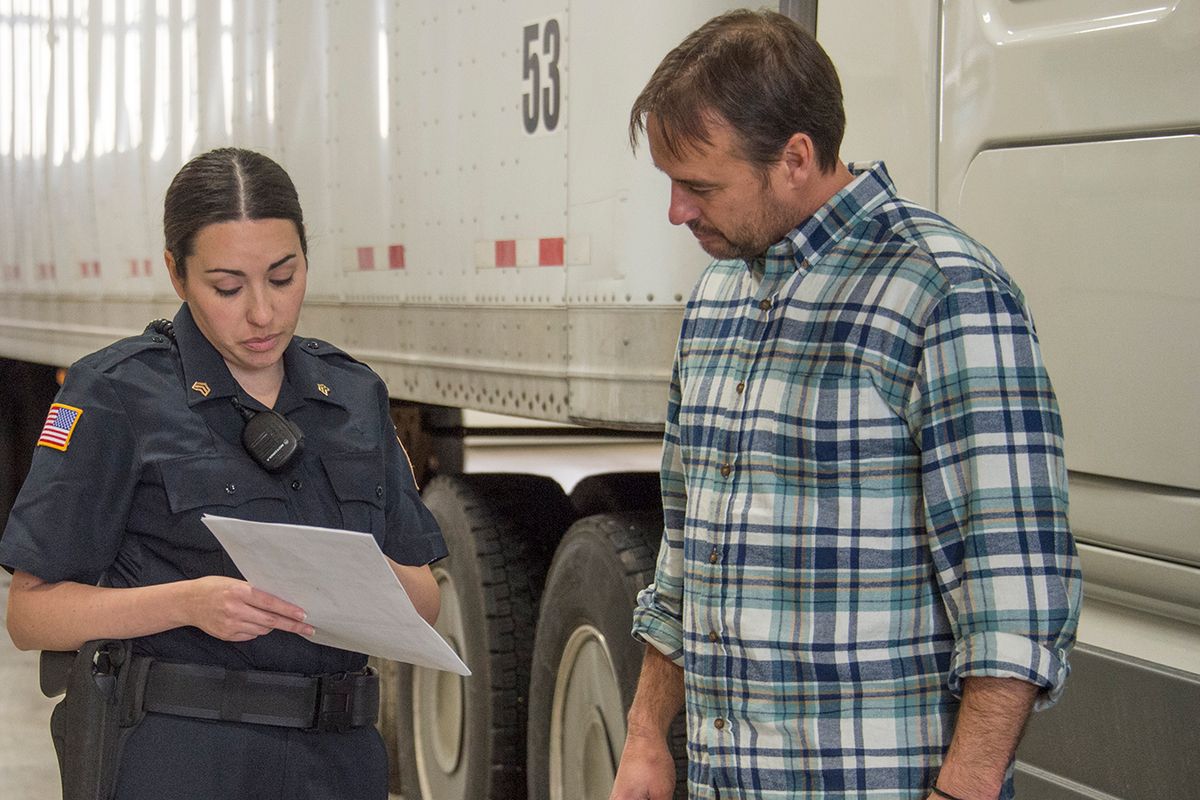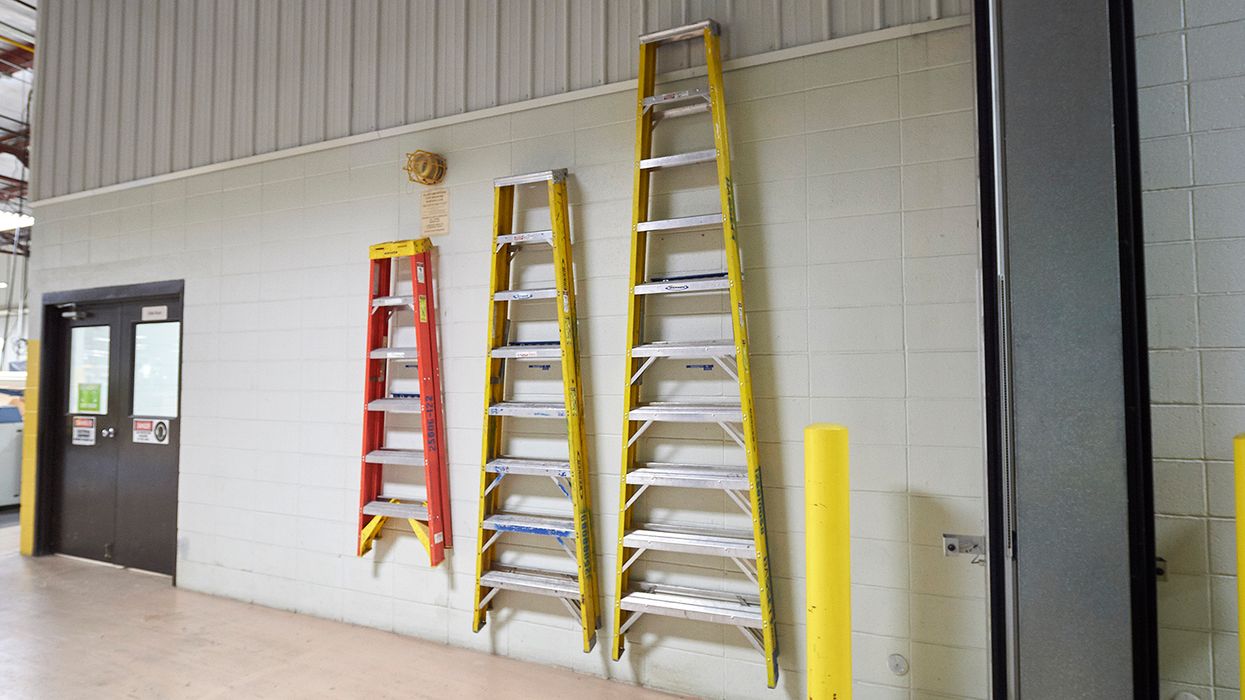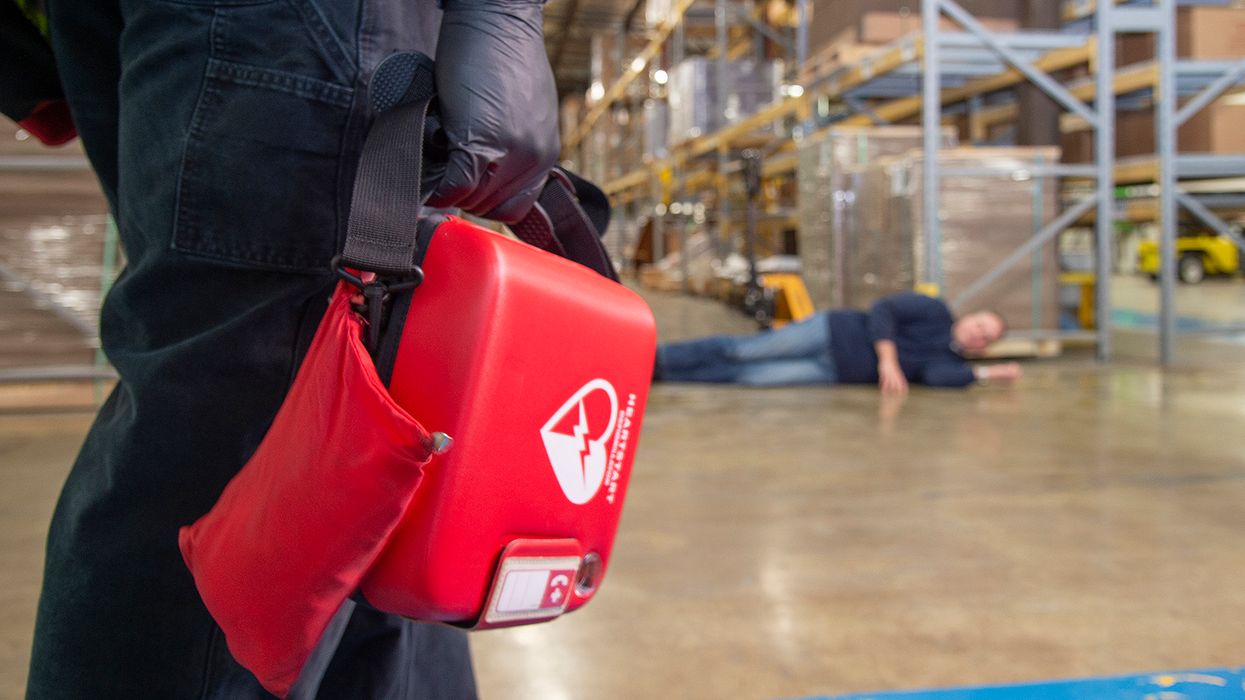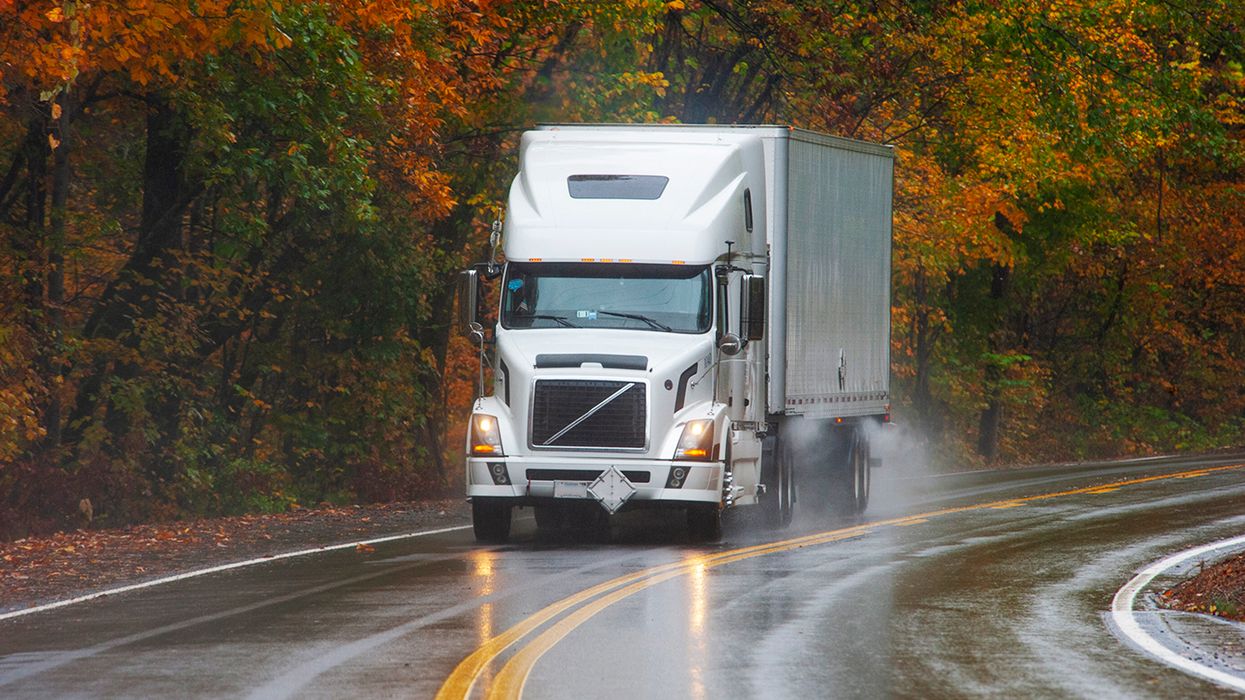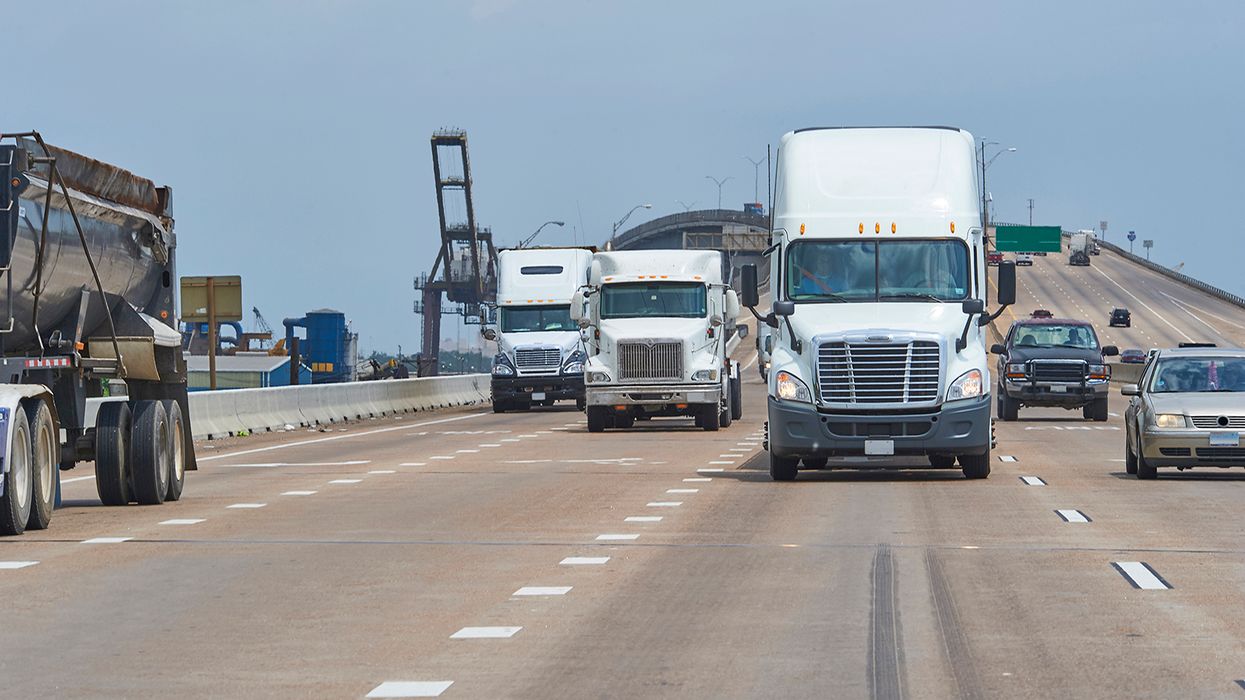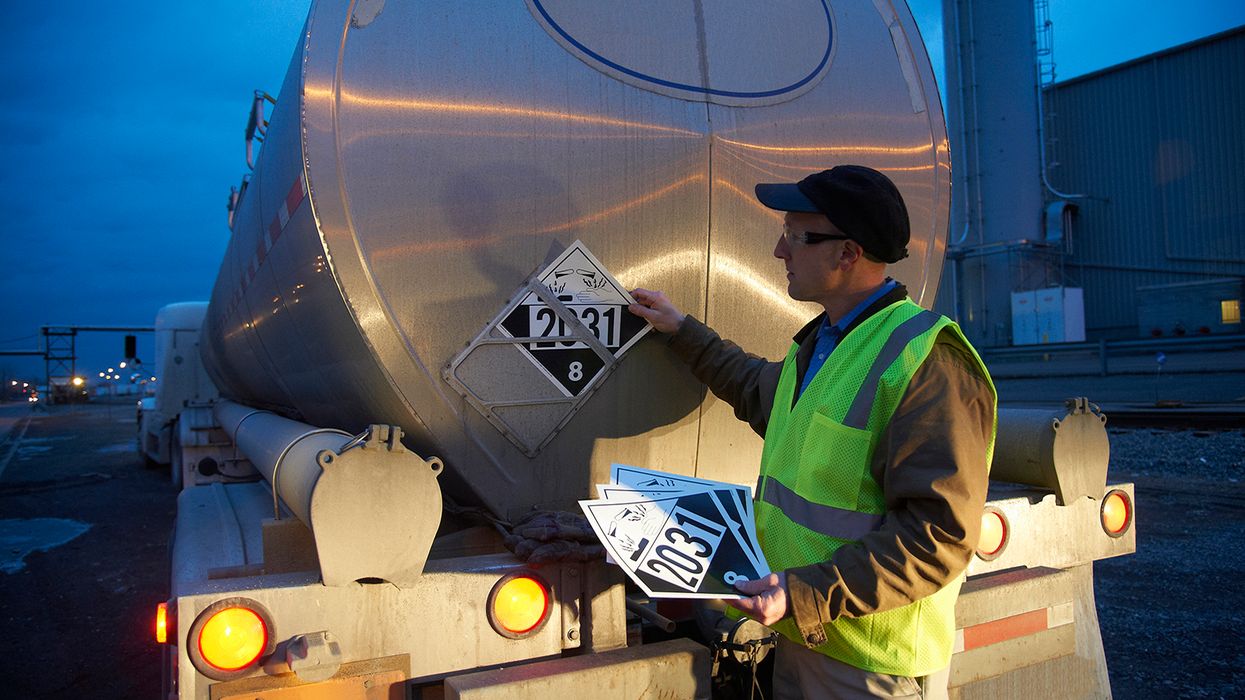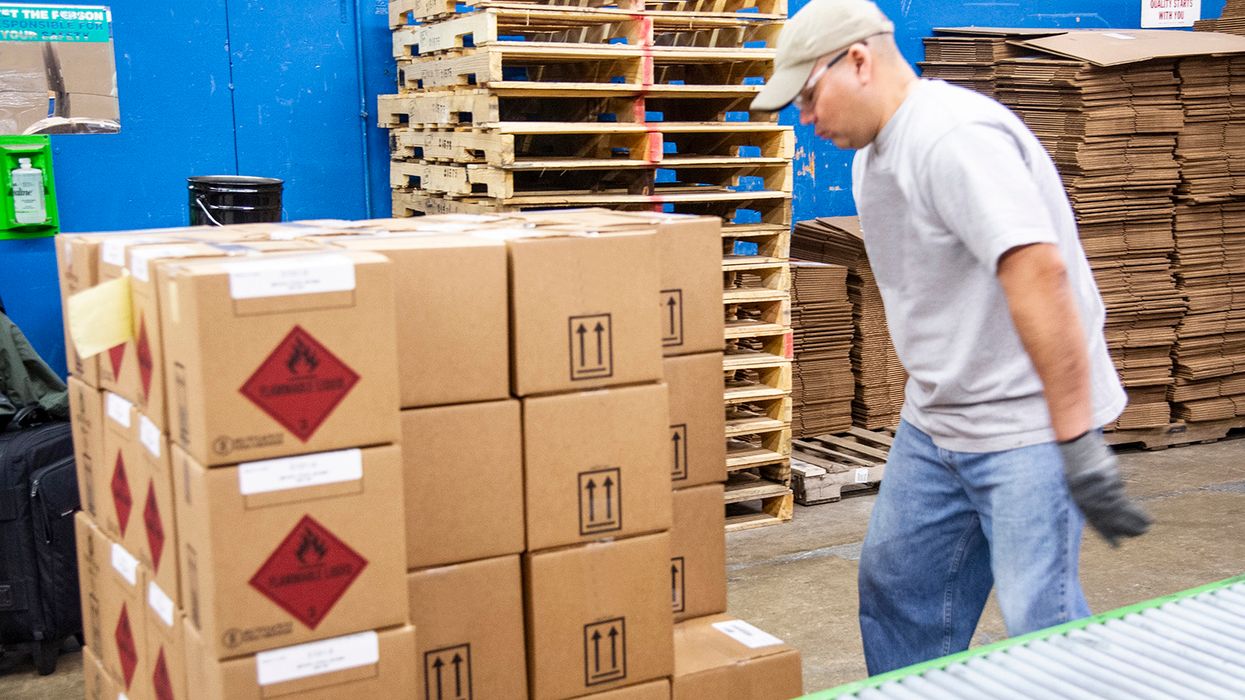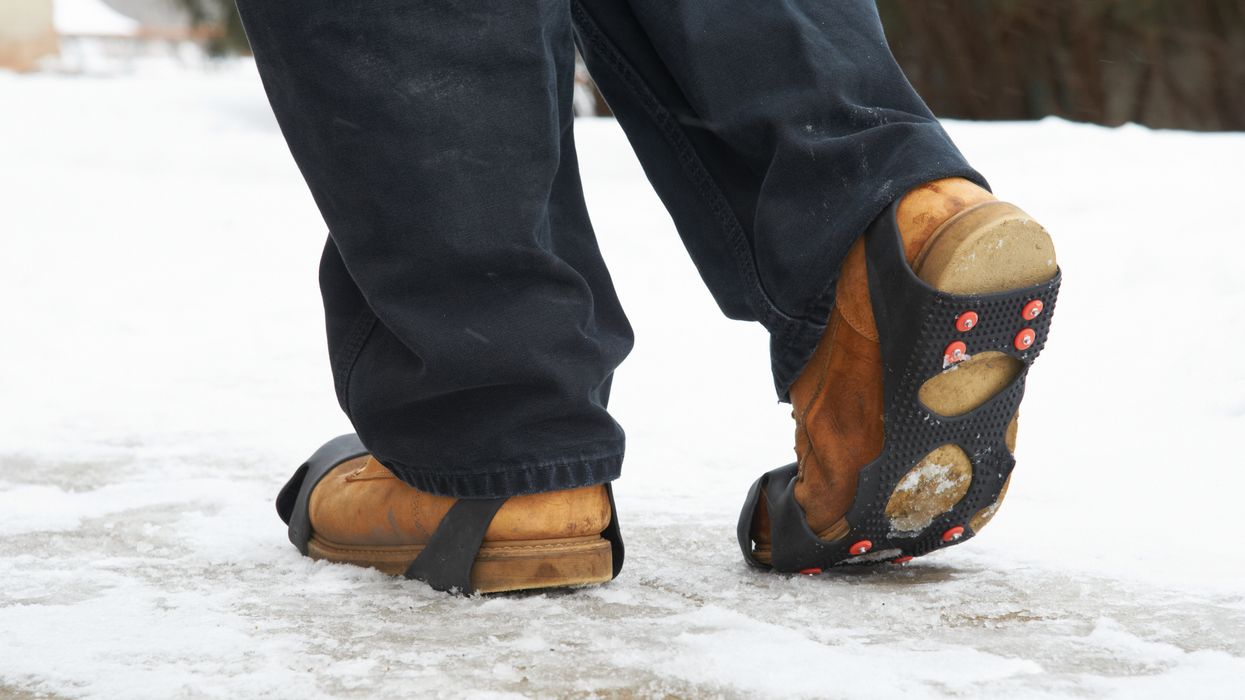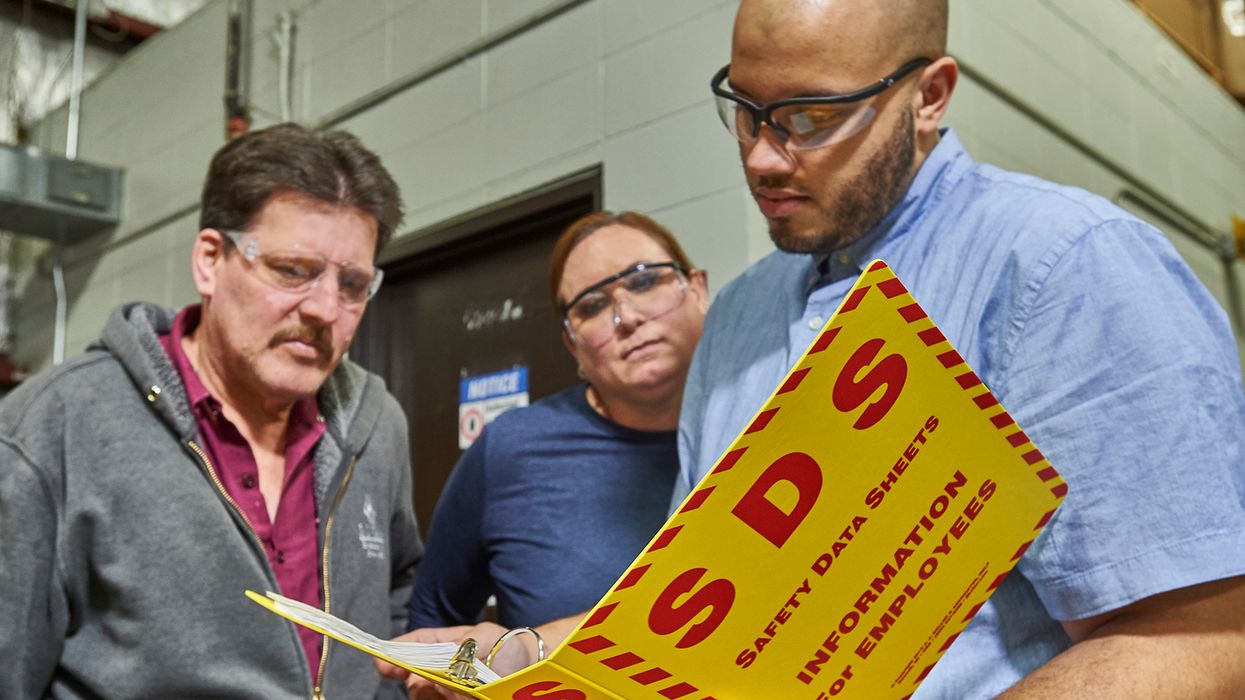Dockside dangers impact both drivers and warehouse workers
Loading docks may be the busiest and most chaotic work locations your employees will encounter. They’re designed to transfer freight between trucks and facilities, and this involves a great deal of people, freight, and machinery.
But as drivers and warehouse workers rush to clear the dock, it’s easy to forget to watch out for everyday hazards.
Provide topic-specific training
Dock safety should cover safety issues common to all positions who work in and around the area. But training should also include topics unique to specific job titles (e.g., drivers, dock workers, and warehouse employees).
Monthly safety meetings can include common causes of injuries and cargo damage.
Keep loading docks clean
Loading docks are susceptible to the weather, especially in the winter. Leaves and other debris should be swept away as needed. Water, ice, and snow can also accumulate, resulting in dangerous working conditions. Forklifts often experience problems with slick loading dock floors, so ensure that management is checking the dock surfaces throughout the day.
Stress ergonomics
Injuries due to improper lifting and repetitive strain can be reduced if employees are trained on posture, lifting techniques, and load assessment.
The appropriate way to lift a load requires:
- Getting close to the load,
- Squatting (not bending),
- Lifting with leg muscles,
- Keeping the load close at waist level,
- Turning feet (not torso),
- Aligning shoulders with hips, and
- Using both hands to grip the load.
Employees should size up the load to determine whether assistance is needed from a coworker or mechanical aid (e.g., dolly, cart, or forklift).
Always wear PPE
Injury prevention is often as simple as having the right gear. The company should enforce a policy of wearing designated personal protective equipment (PPE), including:
- Safety helmet,
- Hearing protection,
- Steel-toe shoes,
- Work gloves, and
- High-visibility vests.
Any violation of the policy should have consequences that are consistently enforced.
Let falling freight fall
When dock employees are loading or unloading freight in a trailer, the risk of injury increases when handling cumbersome freight.
Employees should never attempt to stop falling freight. This common reaction is responsible for significant injuries. It’s always better to allow the freight to fall on the floor of the trailer rather than risking a crushing type of injury.
Watch out for the other guy
Before loading or unloading begins, all unnecessary employees should vacate the area. While forklift operators are trained in pedestrian safety, it’s often the pedestrians themselves who aren’t trained to anticipate and avoid forklift dangers. The most effective method of controlling forklift-pedestrian accidents is to designate pedestrian walkways using yellow painted lines and physical barriers.
In addition, communication is necessary to coordinate the efforts of drivers, forklift operators, and warehouse personnel. To do otherwise creates confusion and possible collisions. To help reduce the risk, consider using radios, hand signals, and signage.
Prevent trailer movement
When trailers move away from the dock, they pose a serious hazard.
Some simple best practices can reduce this risk, such as:
- Using heavy-duty chocks on both sides of the rear wheels,
- Verifying chock placement before loading or unloading the trailer, and
- Securing the trailer to the dock through hook-style restraints or automatic systems.
Key to remember: To limit accidents at congested loading docks, provide employees with the knowledge through training and policies and protection through appropriate equipment.

